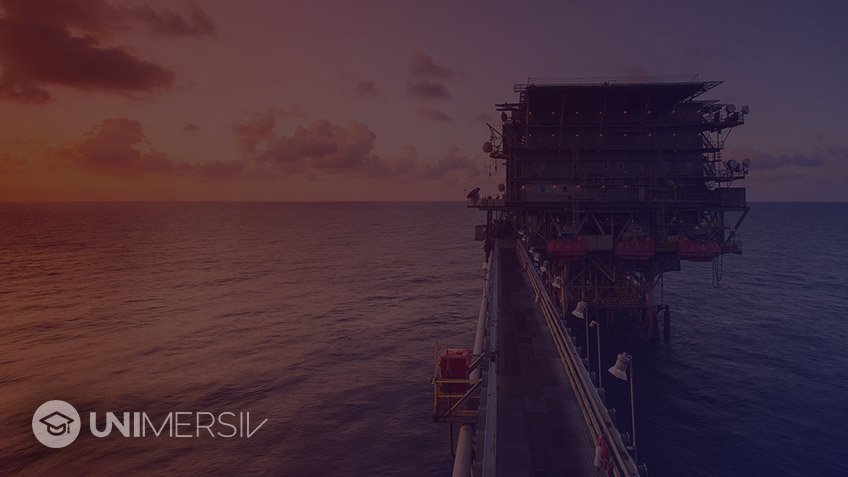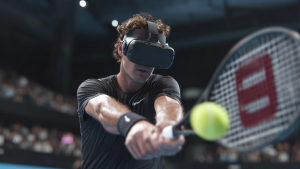How Virtual Reality is Revolutionizing Training in the Oil and Gas Industry
Unimersiv | October 5, 2017
The ability to visualize and see the big picture has always been a valued ability in high risk occupations, be it the military, aviation, construction or energy. The better idea we have about our environment and what we’re up against, the lesser mistakes we are likely to make, consequently, the more lives get saved. Oil and Gas as an industry is no different as professionals are often faced with decisions that can mean the difference between a successful drill and an environmental disaster.
CAN YOUR COMPANY BENEFIT FROM VR TRAINING?
We develop professional VR training solutions for our clients to help them reduce training costs. Contact us if you are interested in using Virtual Reality to train your team/employees faster.
As VR is becoming cheaper and more accessible, it stands to reason that oil and gas can greatly benefit from the new breakthroughs and content that is being developed. While most industries are tailoring VR applications to help their staff get better training, in sectors such as energy, the technology is already being used to execute operations without putting personnel in harm’s way as well.
VR Based Training in Oil and Gas
VR primarily being a training and familiarization tool is ideal for helping professionals in the energy sector understand their craft better. Many interesting applications are being worked on that can allow energy companies to develop use cases, train employees in “virtually identical” workplace environments, increase productivity and lower risk.
The benefits VR training can offer oil and gas companies are numerous. Oil drilling platforms, refineries and processing plants are some of the most complex pieces of machinery that are managed by highly trained professionals, who sometimes have to work in harsh conditions. As even routine operations require thousands of expertly executed man-hours, the importance of proper training cannot be stressed enough.
Creating a virtual replica of a rig is a lot cheaper than constantly ferrying students back and forth from one. Since VR technology has matured to the point where the virtual experience is as good as the real thing, students can walk away with a good grasp on their skills, albeit at a fraction of the cost.
Training simulations on commonly faced issues as well as low probability, high consequence events are easy to replicate, while far more immersive in VR. Also, hands-on training related injuries can be brought to zero through VR, while having no effect on the outcome.
Companies such as Lloyd’s Register and Unimersiv are providing VR corporate training solutions for high-risk industries and offer tailored solutions to help oil and gas companies train their employees better.
VR Powered Operations for Oil and Gas
Beyond training, VR has also proven to be an invaluable tool for helping energy companies run their day to day operations faster, safer and cheaper, too. Oil and gas companies that carry out drilling operations have to implement machineries such as generators, mud pumps, compressors and shale shakers on a near continuous basis. One of the main challenges they face is monitoring these units as the heavy loads they have to work under means breakdowns or performance lags are always around the corner.
VR applications tethered to sensor-based rig monitoring systems can help mechanical engineers keep an eye on the equipment without needing to be present onsite and provide faster, more accurate diagnosis.
Geoscientists and operators can also leverage VR to visualize seismic data and get a better idea of where to drill. Drilling sites can be virtually drilled and tested before actual operations are performed to test feasibility that can result in huge cost savings and reduce the likelihood of failure.
Greater immersion and visibility is a key attribute in driving productivity, doubly so in highly complex industries such as energy. Since VR can imitate on-field situations and put the student right in the middle of it, it offers better application to oil and gas companies looking to arm their new generation of workers with the best training possible.
The key difference between VR based training and legacy applications is that while both provide knowledge, VR can also impart real-life experience by letting students practice their skills as many times needed, and that’s a hard thing to put a price sticker on.
Subscribe to our newsletter
We write about the use of Virtual Reality for non-gaming applications.











